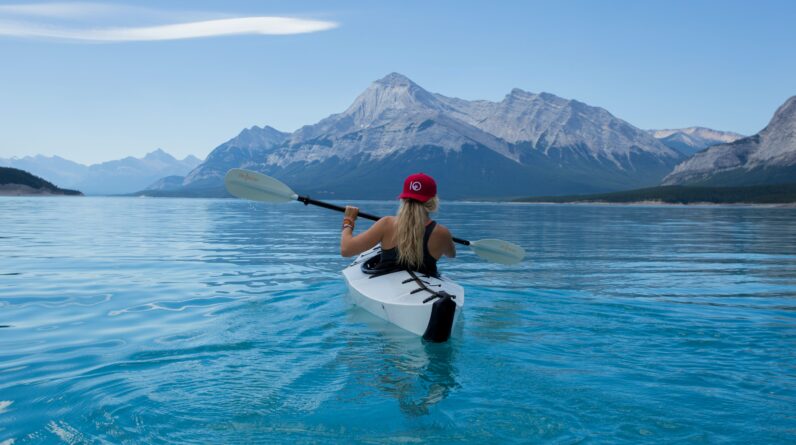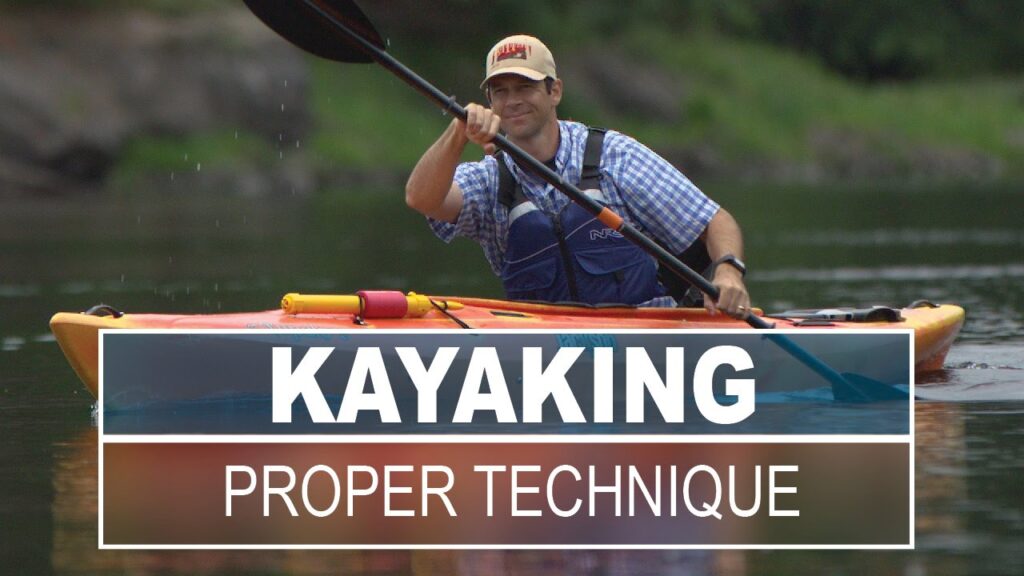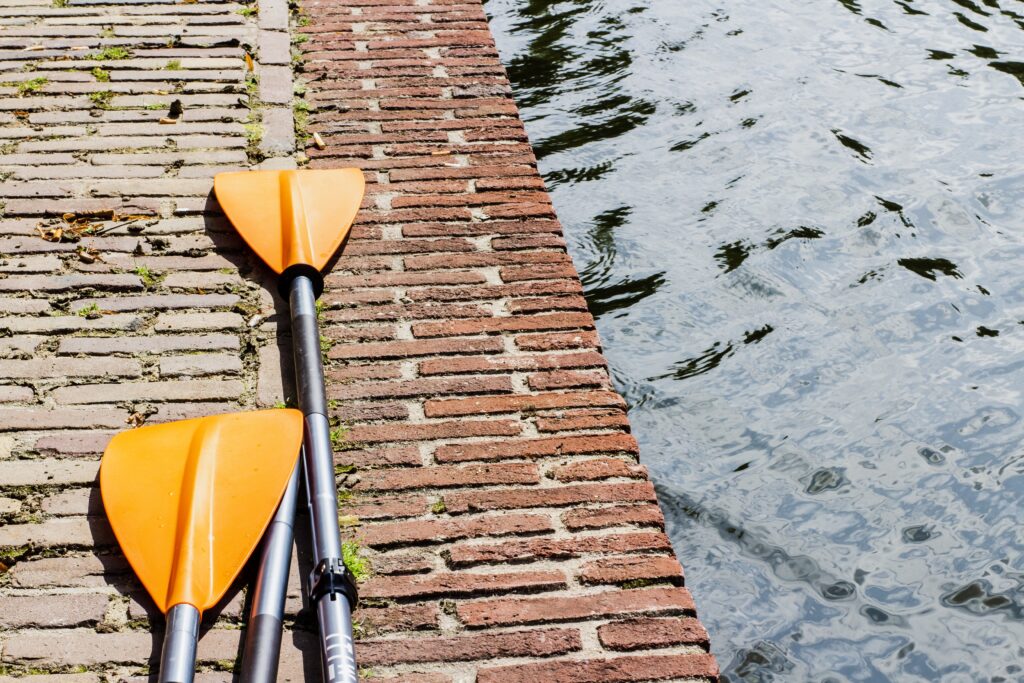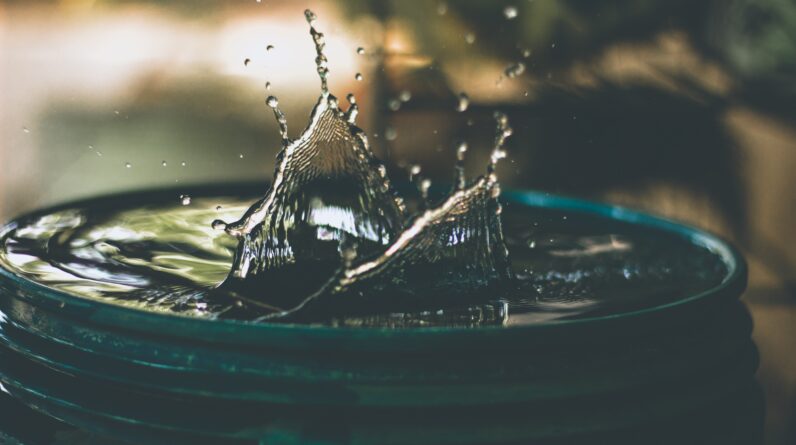
Kayaking is a fantastic activity that almost anyone can enjoy, but it’s important to understand the proper technique for paddling to ensure both efficiency and safety on the water. In this episode of PaddleTV, Ken Whiting, a World Champion kayaker, explains and demonstrates the proper technique for paddling a kayak. Developing good technique not only allows you to paddle more efficiently, but it also helps you navigate changing conditions and dangerous situations. In this video, you’ll learn about the correct sitting position in a kayak, the use of feathered paddles, and the importance of having a secure yet light grip on the paddle. By following these simple tips, you’ll not only improve your paddling technique, but also enhance your comfort and safety while kayaking.

Proper Technique for Paddling a Kayak
Kayaking is a fantastic way to enjoy the beauty of nature while getting a great workout. Whether you’re a beginner or an experienced kayaker, it’s important to use proper technique when paddling to ensure an enjoyable and efficient experience on the water. In this article, we will explore the correct sitting position and how to use your paddle effectively.
Sitting Position
Having the right sitting position is crucial for proper paddling technique. It not only helps you maintain stability but also ensures comfort during your kayaking adventure. Let’s dive into the important aspects of sitting position and how you can optimize it.
Importance of Good Posture
Maintaining good posture while kayaking is vital for a comfortable and efficient paddle. Sit upright with your back straight, avoiding slouching or leaning too far forward or backward. This posture allows you to engage your core muscles and maintain balance in your kayak. It also helps prevent unnecessary strain on your back and shoulders, allowing you to paddle for extended periods without discomfort.
Foot Position
To optimize your sitting position, ensure that your feet are correctly positioned. Your feet should be resting on the kayak’s foot pegs or footrests. Proper foot placement is crucial for stability and control of your kayak. Make sure your feet are at a comfortable distance, shoulder-width apart, and pressed firmly against the foot pegs or footrests. This contact gives you leverage and control over your kayak’s movements.
Leg Position
In addition to foot placement, leg position plays a significant role in maintaining stability and maximizing your paddling efficiency. Keep your knees slightly bent and thighs snug against the kayak’s cockpit walls. This leg position helps you maintain a strong connection with your kayak and distributes your weight evenly throughout the vessel, enhancing balance and control.
Adjustable Back Support
To further enhance your sitting position, many kayaks have adjustable backrests or seats. Properly adjusting the back support is crucial for comfort, preventing fatigue, and maintaining a good posture throughout your kayaking journey. Adjust the backrest to a position that supports your lower back while allowing you to sit upright. Experiment with different angles until you find the one that provides maximum comfort and support.

Using Your Paddle
Now that we’ve covered the importance of a proper sitting position, let’s explore the essential techniques for using your kayak paddle effectively. Understanding how to grip the paddle correctly, position your hands, and rotate the shaft will significantly improve your paddling skills.
Feathered vs. Unfeathered Paddles
Before we dive into the correct grip, it’s worth understanding the difference between feathered and unfeathered paddles. Feathered paddles have the blades set at an angle to each other, typically ranging from 30-90 degrees. This design reduces wind resistance when the paddle blade not in use is held vertically, cutting through the air efficiently. On the other hand, unfeathered paddles have symmetrical blades, providing equal resistance whether the blade is in or out of the water.
Choosing between a feathered or unfeathered paddle largely depends on personal preference and the type of kayaking you plan to do. Feathered paddles are commonly used in sea kayaking or in windy conditions, where reducing wind resistance is crucial. Unfeathered paddles are popular among recreational kayakers, offering simplicity and versatility.
Correct Grip for Right-Handed People
For right-handed individuals, gripping the paddle correctly is essential to maximize control and power. Follow these steps to achieve a proper grip:
- Hold the paddle with both hands, making sure the concave side of the blade is facing you.
- Position your hands approximately shoulder-width apart on the paddle shaft.
- Your dominant hand (right hand, in this case) should be on top and closer to the blade, while your non-dominant hand goes underneath, griping the shaft.
Maintaining a loose but firm grip on the paddle allows for flexibility and prevents unnecessary strain on your hands and wrists.
Checking Hand Position
Once you have your correct grip established, it’s crucial to ensure that your hand position on the paddle shaft is optimal. Your hands should be positioned so that your knuckles are aligned, forming a straight line. This alignment allows for efficient and fluid strokes, minimizes the risk of injury, and optimizes your paddling power.
Loosening the ‘Greased’ Hand
A common mistake beginners make is gripping the paddle too tightly with both hands throughout the entire paddle stroke. Instead, try to maintain a looser grip with your non-dominant hand (lower hand) and a firmer grip with your dominant hand (upper hand). Imagine that your lower hand is ‘greased’ and should slide along the shaft during the forward stroke. This technique reduces strain on your muscles and joints while promoting a smooth and natural paddling motion.
Rotating the Shaft
As you progress with your paddling technique, learning to rotate the shaft of your paddle can greatly enhance your stroke efficiency. During the forward stroke, twist your torso and allow your upper hand (dominant hand) to rotate naturally. As a result, the angle of the blade changes, providing a more efficient catch and pull. This rotation of the shaft allows you to engage more muscles in your upper body, maximizing your paddling power.
Importance of a Light Grip
Throughout your kayaking adventure, it’s vital to maintain a light grip on the paddle throughout each stroke. Avoid squeezing the paddle tightly as it can lead to muscle fatigue and decreased enjoyment on the water. A light grip allows for more flexibility and reduces the strain on your hands, wrists, and forearms. Relax your grip, let the paddle float in your hands, and use your core and upper body muscles for power and control.
By following these proper techniques for sitting position and using your paddle effectively, you’ll be well on your way to becoming a skilled and efficient kayaker. Remember to practice and build your skills gradually, and always prioritize safety while enjoying the wonders of kayaking. Happy paddling!



